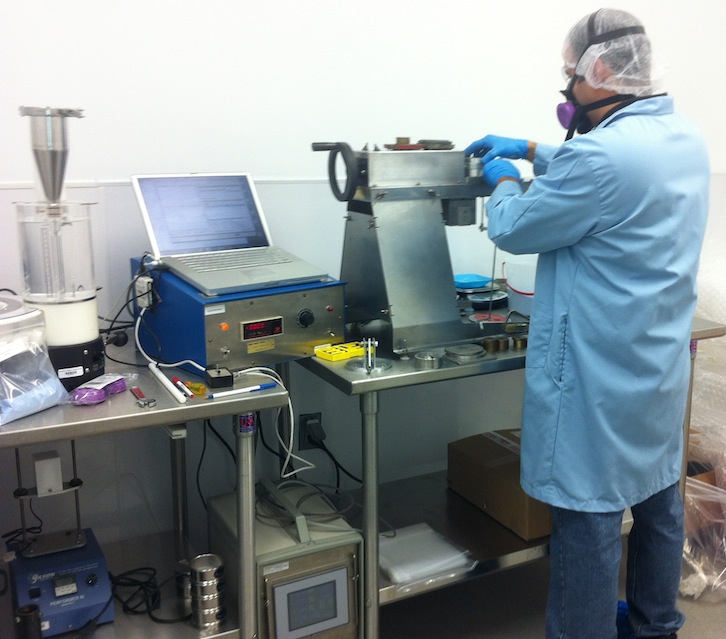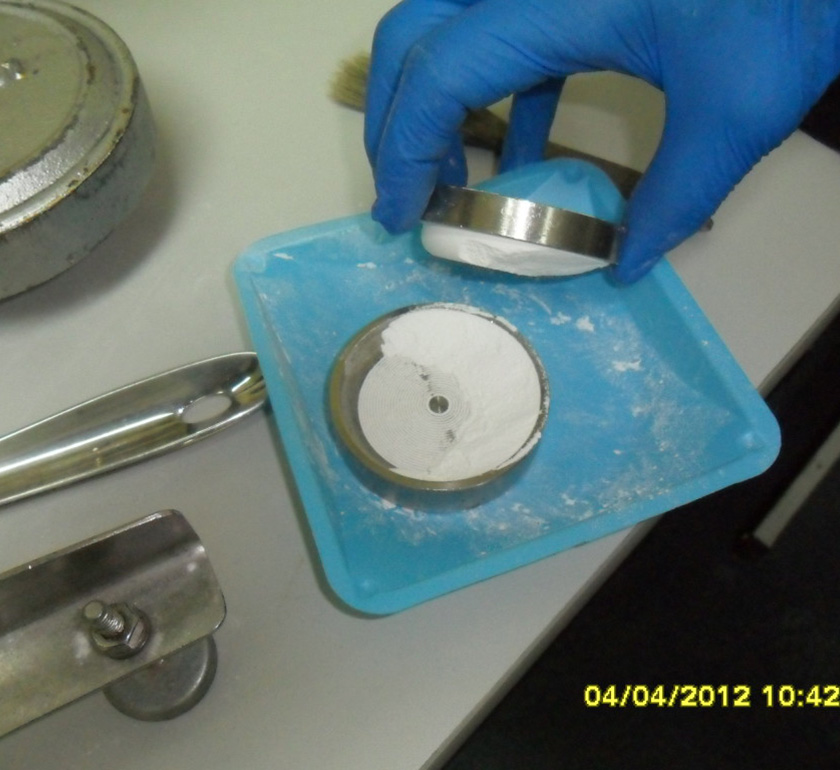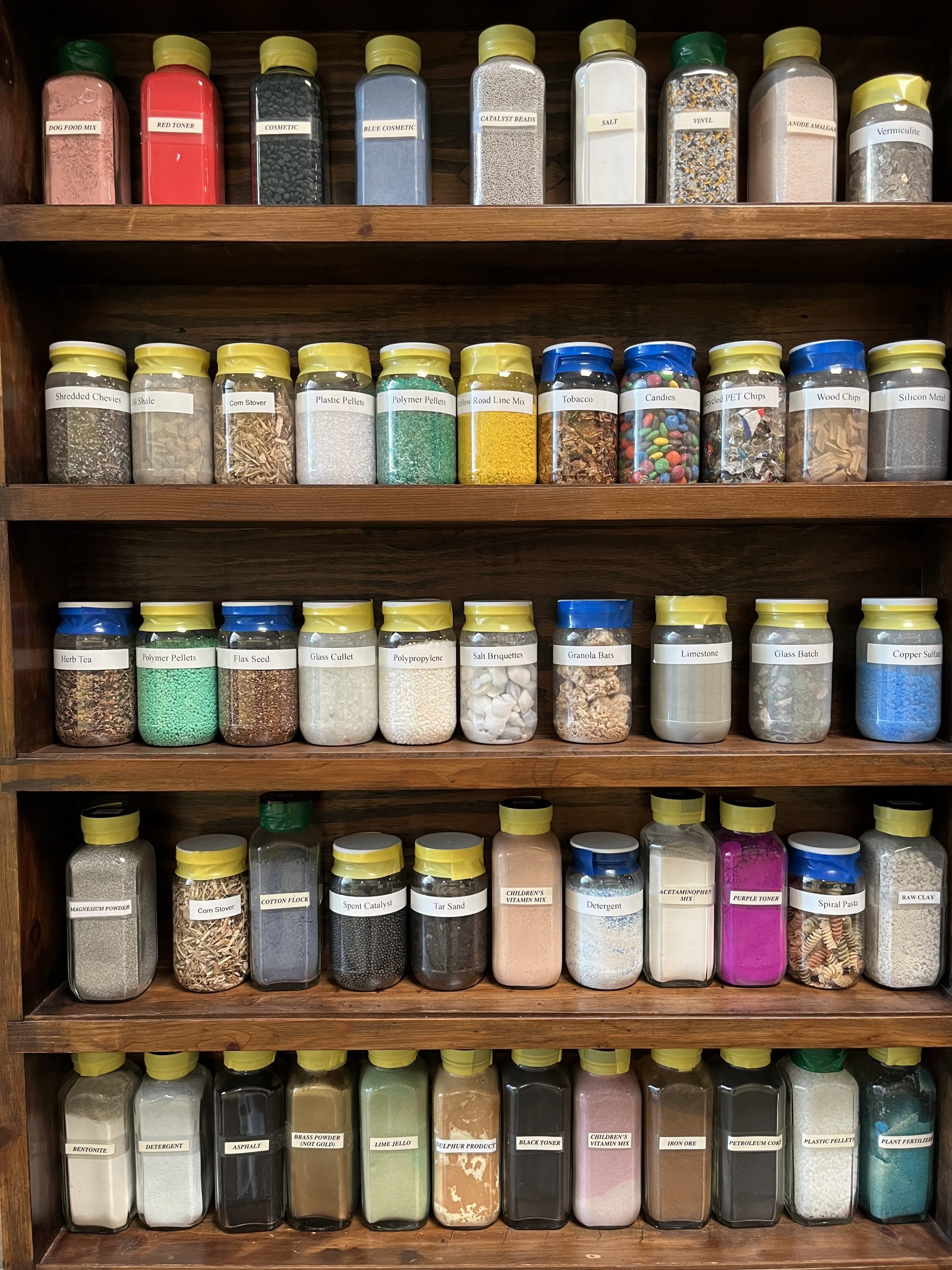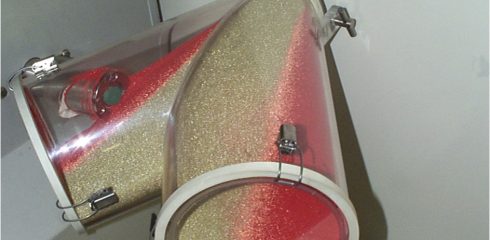 Open House – Jenike & Johanson Canada is Turning 50!
Open House – Jenike & Johanson Canada is Turning 50!
Why Flow Properties Testing?
Flow property testing is an essential step in designing processes and equipment for the specific characteristics of the material being handled.
A thorough understanding of a bulk material’s flow properties and its flowability are crucial for identifying the cause of poor flow, powder flooding or rate limitations, segregation, or product non-uniformity. Flow properties tests are also critical when designing a new silo/bin/hopper, stockpile, feeder, chute, conveyor or other material handling equipment. Issues can arise or be compounded when powder and bulk solids flow properties have not been measured, the test results may be limited, or the data is non-representative of the application.

Our lab has years of experience testing difficult to handle materials at moisture contents close to saturation.

Precision shear testing equipment can be brought on-site for testing of materials taken directly from production.

Shear testing of a powder that had caked over time at rest.

On-site material testing for samples that degrade with shipment, have process conditions that are difficult to replicate, or for unique containment requirements.







